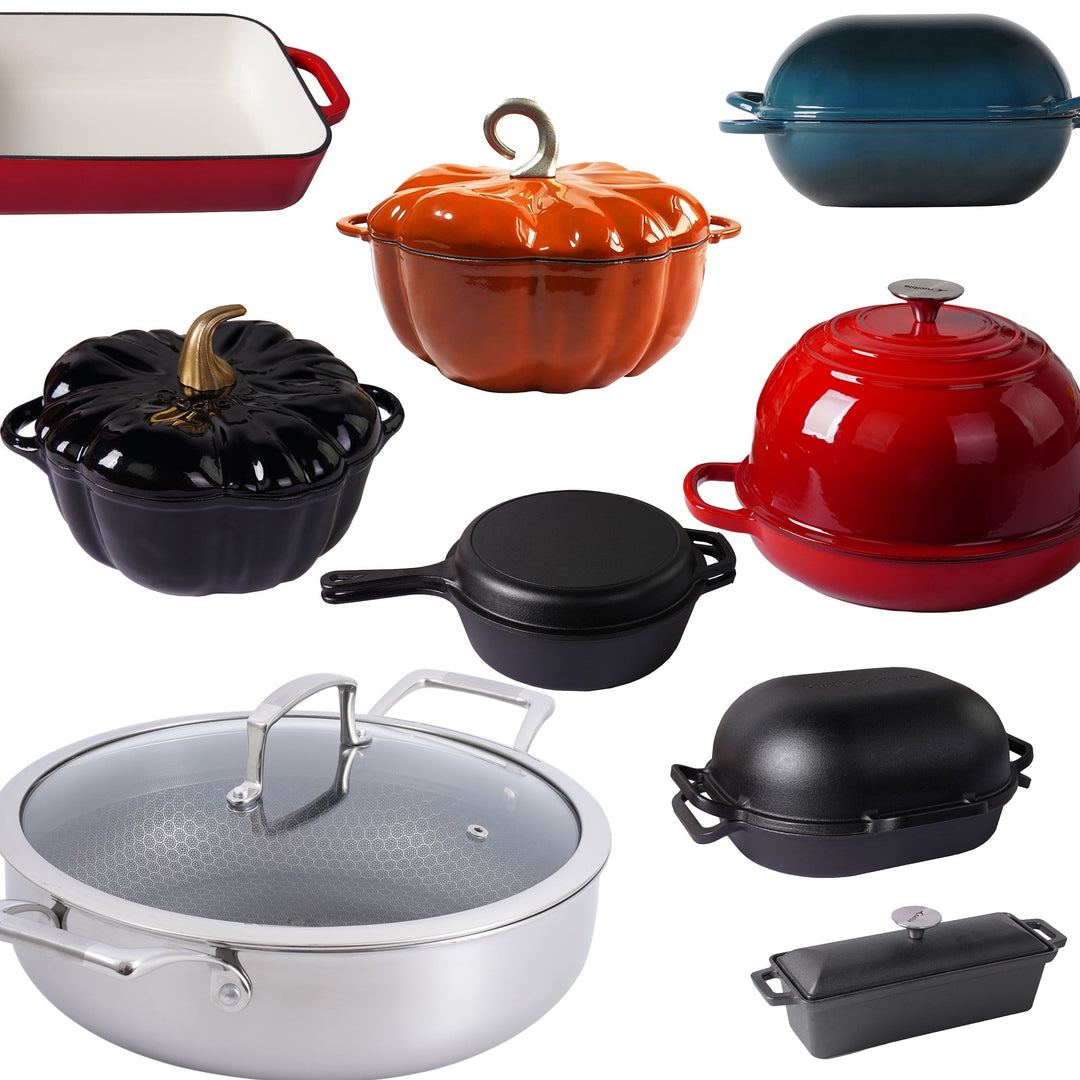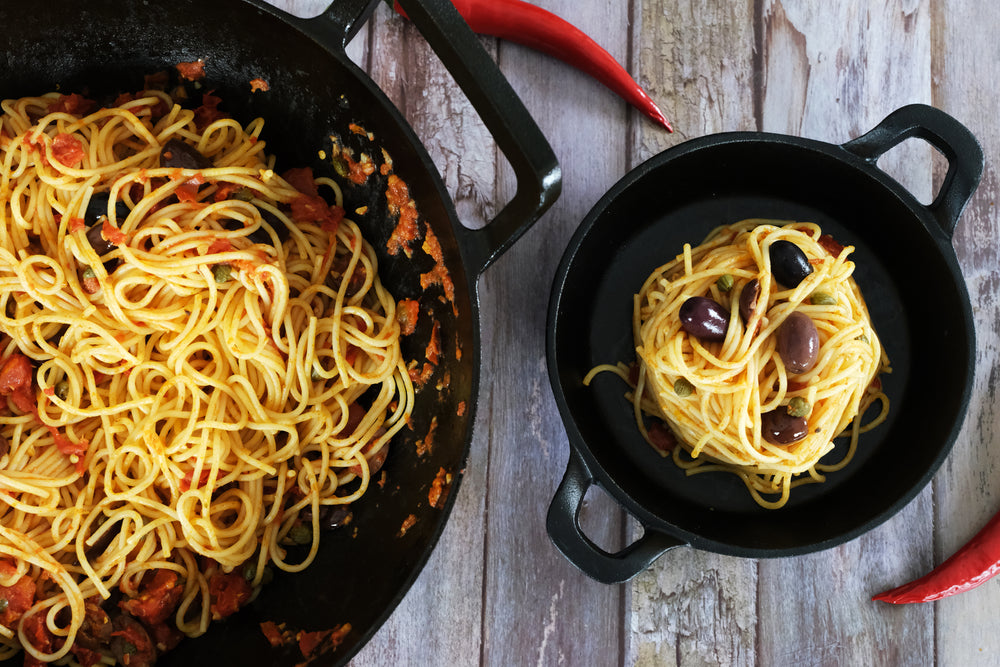What Does It Mean to Season a Cast Iron Skillet and How to Do It

Seasoning is the process of treating the surface of cast iron cookware with a stick-resistant coating made of polymerized fat and oil.
Seasoning is actually not just a thin layer of oil, it's a thin layer of polymerized oil. In a well-seasoned cast iron pan, a pan that has been rubbed with oil and heated repeatedly, the oil has been broken down into a plastic-like substance that has bonded to the surface of the cast iron. It is this layer that gives well-seasoned cast iron its non-stick properties - a patina of polymerized oils and fats that are tightly locked into the natural pores of the metal.
A well-seasoned cast iron cookware has a black shine and is very smooth. Using it correctly will make it even blacker and smoother as well as more naturally non-stick over
time.
Fat polymerization is the transformation of a liquid fat into a slick, hard, shiny coating. The fat hinders air to come in contact with the iron which makes it impossible for rust to form. That's why it is important to season the whole cookware, including handle and the exterior of the cookware, to avoid rusting. And so if you have a lid to your cast iron that should be seasoned as well since it comes in contact with air and water and therefore is rust prone.
It is easier to clean a properly seasoned cookware because food will not stick to it.
What You Need
Materials
- Dish soap
- Sponge or brush
- Clean, dry cloth or paper towels
- Oil of your choice (flaxseed oil recommended)
Equipment
• Oven
- Preheat the oven to 450°F (~ 230°C).
- Wash the cookware with warm, soapy water and a sponge or brush. Cast iron should not normally be washed with soap, this is an exception since the pan is about to be seasoned.
- Rinse and thoroughly dry the cookware with a clean dish towel or paper towels.
- Apply a thin coat of vegetable oil or melted shortening to the inside and outside of the cookware, using a cloth or paper towel. Don't forget the handle. Then remove as much excess oil as possible.
- On the oven's center rack, place the cookware upside down. If your product is a griddle and it doesn’t fit the oven, place the rack on the bottom of the oven and insert the griddle diagonally standing up on the side. If the griddle does not fit diagonally standing up or if you don’t have an oven, use the stove top as the heat source.
- Bake the cookware for an hour.
- Turn off heat and allow to the cookware to cool completely before removing it from the oven.
Repeat the process up to five times for optimal result.
You'll know it's time to re-season if food sticks to the surface or if the cookware appears dull or rusted.
What to do if you have found rust on your cast iron cookware?
View this post on how to remove rust from and restore a cast iron cookware.
















Leave a comment